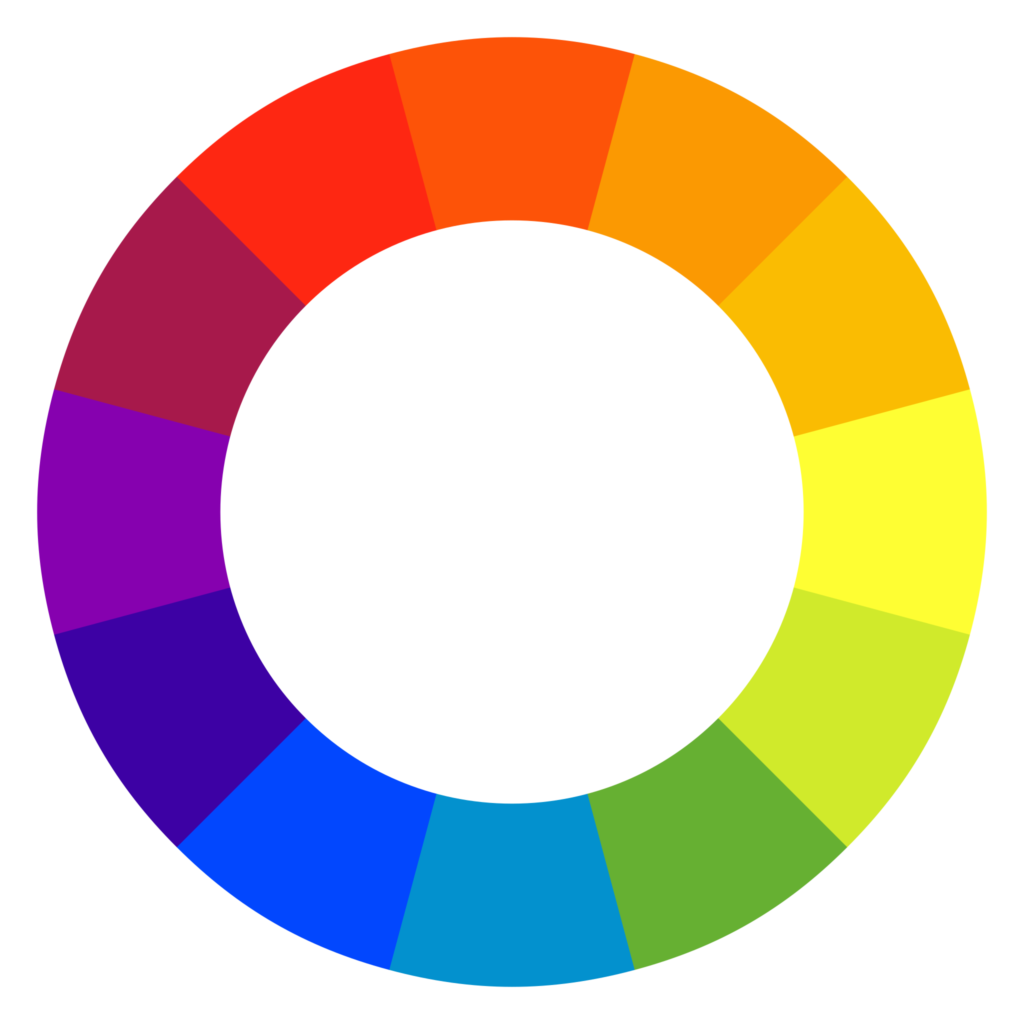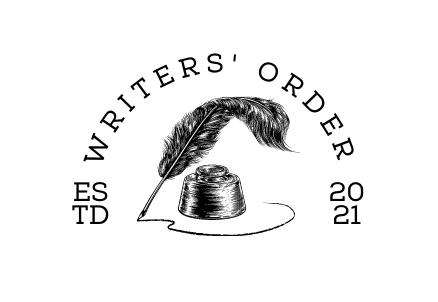You have to be the change to bring the change.

Using Colors to Enhance Your Writing
Our content is reader-supported. We may earn a commission if you make a purchase through one of our links.
As a writer, you may find yourself deliberating over the best way to write about artworks or how to use colors to enhance your writing. If you’re looking at a painting or envisaging a scene in your mind’s eye, you can visualize the scene precisely. However, for most of us, it never comes out quite right when we consider putting it in words.
Color, without a doubt, is the single descriptive characteristic that may affect your writing instantly. The impact of a particular color on the reader’s perception of the scene you’re trying to paint with your words is like no other.
Anything as effortless as a pop of color can sometimes bring the adjectives and descriptors altogether. Colors can reflect mood, character, and expression. Some are obvious, such as the shy scarlet or the pure white, others hues carry more discreet messages.
How do Colors Enhance Writing?
Color has an impact on our emotions. For instance, blue is calming, pink decreases anxiety and frustration, and bright yellow can be unpleasant due to its overwhelming eye stimulation. The use of a single color is all it requires to explode the image upon the reader’s eyes with flawless clarity.
Hues and their Interpretations
Since red implies “stop” or “come to a halt,” and orange is an eye-catching color, it is frequently used for cautions. Green represents development and life, whereas blue provides a relaxing effect. These hues already have a particular connotation inherent in them, even before introducing different inspirations’ tiers.
Communities and practices shape symbolism. White is associated with righteousness in Western society, yet it is associated with grief in other civilizations. Similarly, the expression “green with envy” has given the color a new dimension of meaning.
The use of many shades adds complexity. When you combine blue with red and yellow, you obtain the primary colors associated with youth. If you substitute yellow with white, you will get a patriotic color scheme. When you combine colors, their meanings might shift or gain richness.
Indeed, the vivid influence on our creative imagination is so profound that even if the hue of the entity getting mentioned is already known. The mention of colors to enhance your writing nevertheless adds a complexity to the scene that would otherwise be devoid.
Thankfully, color is one of the few abilities possessed by an author that is hard to exploit. Any dash of color, no matter how insignificant or overwhelming, may bring a statement to reality. As colors typically signify specific sentiments in our subconscious, authors can utilize them to alter how the reader sees a work discreetly. Listed below are some colors and their interpretations in the world of prose:
Yellow
Yellow is a color that may go in a myriad of different ways based on how it is used. Yellows can indicate freedom and enthusiasm on one extreme and timidity on another. Variations of yellow could be a fantastic method to lay the seeds of a character’s personality without fully defining them.
Red
As previously said, red is an intense color that may convey both passion and aggressiveness based on its use. Red has been known for raising blood pressure hence why red-themed rooms are not suggested. Red is a powerfully conspicuous shade that can also be employed to represent danger.
Orange
Color schemes in the set of orange express joyful optimism. Many toddler advertising companies use orange hues as their primary color.
Green
Greens stand for expansion, solidity, and relaxation. Green-eyed people are thought to be exceedingly creative and enjoy their freedom. Greens can connote new life, yet they can also connote envy or disease.
Dark Blue and Light Blue
Dark blues are associated with trust, integrity, and devotion, while light blues are associated with knowledge and self-expression. The color blue is associated with someone bright, truthful, and self-sufficient. They may keep grudges for longer than an average person, yet they are loyal and honorable.
Pink
Compassion, companionship, love, and affection are all feelings that pink evokes. Pink was thought to be a macho hue ideal for young boys till the 1940s as it was a softer hue of red, a dominant shade. It did not become the recognized standard for females until the 1940s. Pink is gradually shedding its gender prejudice these days.
Fundamentals to Color Theory

1. Primary Colors
The pigment comes in three primary colors: red, yellow, and blue. These three colors are referred to as primary colors because they cannot be created by mixing other colors. The fundamental shades bring us to the distinction between the color of light and pigmentation, which is the focus of another discussion.
2. Secondary Colors
Secondary colors include orange, green, and purple. They are named secondary as they are made by combining only two primary colors.
3. Complementary Shades
Complementary shades are those on the color wheel that are opposites of each other. These hues work well together and give contrast. Each of the primary colors has a complementary secondary hue.
How does this Relate to Writing?
An atmosphere can be set through hues, as mentioned earlier. It can evoke a mood or establish the vibe of a work of literature. Individual shades or a color palette can be used to convey the core of your tale without using speech.
Consider it a wordless synopsis. Colors are similar to characters. Frequently, the key to bringing a character to life is to couple them with someone diametrically opposed to them.
If a hue of purple best characterizes your protagonist, try combining them with a yellow and see what happens. You can also staple or attach a paint card to a preliminary biography while creating a new character.
Spend some time in a supply store looking through the paint department. Grab a couple of free color chip swatches from most stores. To portray your protagonist or tale, try to choose the ideal paint hue.
If you are feeling particularly ambitious, choose colors for each main character. Look for the differences as well as the pleasing pairings. You could also visit a craft store rather than a hardware store.
If you do not have any time to shop, get out your markers, colored pencils, or even paints. Play around with colors and combine multiple shades. The goal is to have great times while capturing the spirit of your story by using colors to enhance your writing.



